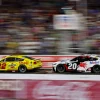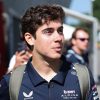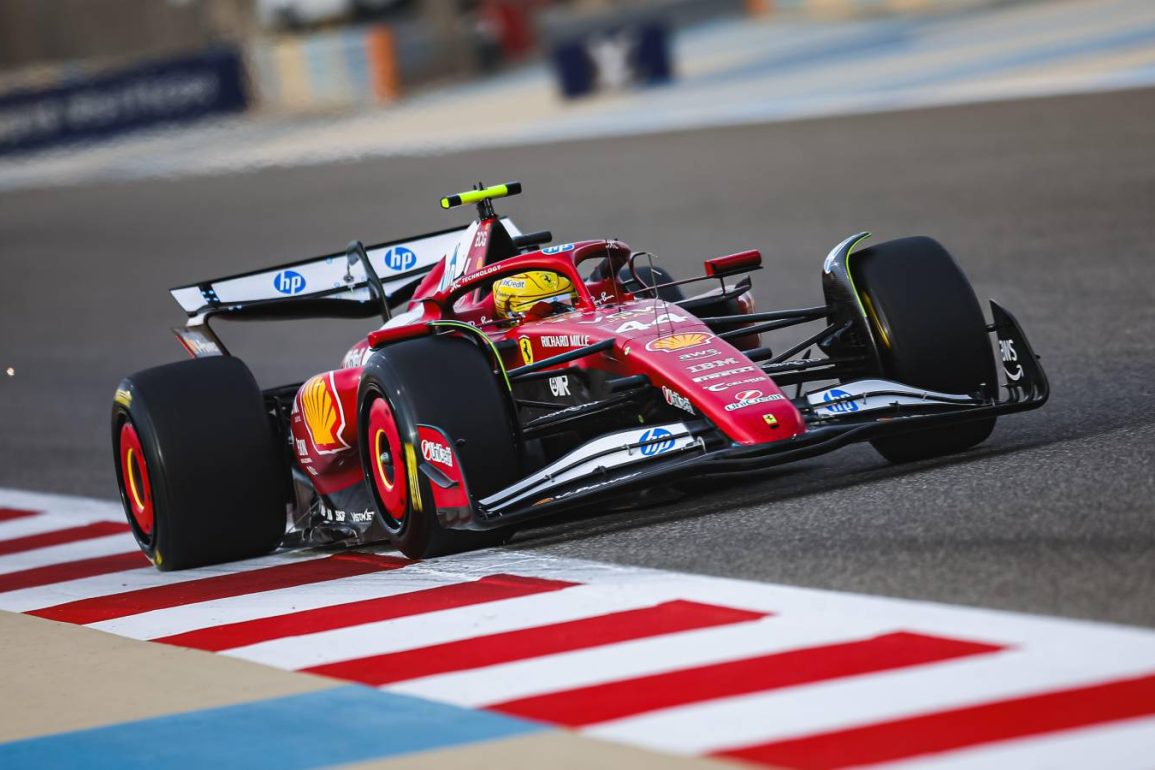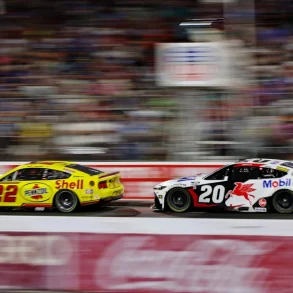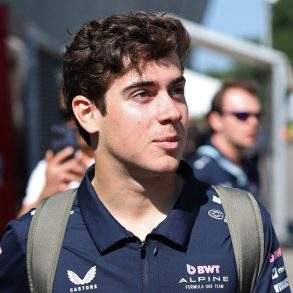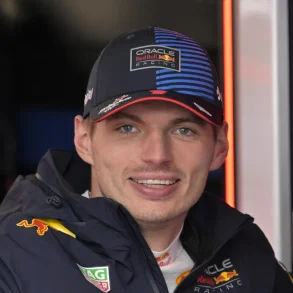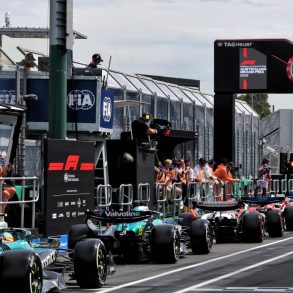Lewis Hamilton reflected on his progress with the Ferrari SF-25 after qualifying in Australia, acknowledging that his adaptation to the new car had improved over the weekend. Initially trailing his teammate Charles Leclerc by nearly five-tenths of a second, he managed to close the gap to around two-tenths by the end of qualifying.
Despite this improvement, the seven-time world champion admitted he still had not fully grasped the car’s behavior and performance nuances. He recognized Leclerc’s natural mastery of the SF-25, particularly in high-speed sections, from the very start of the weekend.
Hamilton Studies Leclerc’s Technique, Quickly Adjusts His Driving Style for Improvement
Hamilton spent considerable time studying Leclerc’s driving lines, aiming to understand the differences in their styles. On the first day of track action, Hamilton’s approach was noticeably different, particularly in braking zones, where he braked later and harder than Leclerc, resulting in a slower mid-corner phase.
While he was able to rotate the car efficiently and get back on the throttle quickly, he consistently lost a few hundredths of a second in slow and medium-speed corners. This was a shift from his struggles last year, where he often lost time to George Russell due to oversteer issues or an aggressive corner entry that the Mercedes car couldn’t handle.
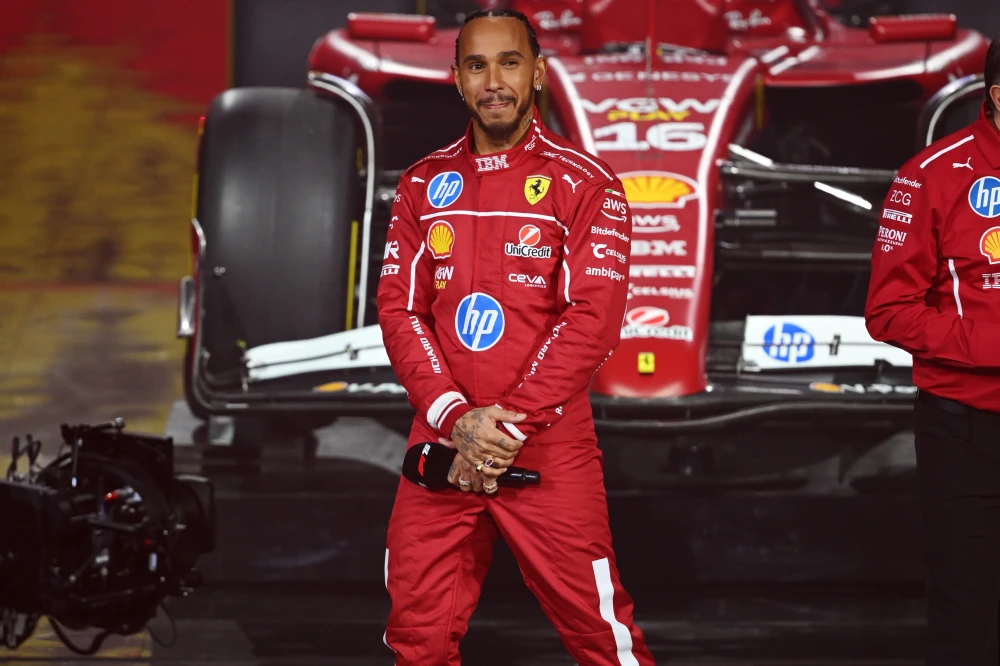
One of the most remarkable aspects of Hamilton’s adaptation was how quickly he adjusted his driving approach throughout the weekend. By Saturday’s FP3 session, he had already begun mirroring Leclerc’s style, especially in sections like Turns 1, 2, and 3, where he started braking slightly earlier instead of relying on late braking.
During qualifying, his speed profile aligned more closely with Leclerc’s, demonstrating a more consistent minimum speed through corners rather than a sharp deceleration before entry. This rapid adaptation showed Hamilton’s ability to learn and evolve, even when faced with a car that still felt unfamiliar.
Hamilton Faces Learning Curve in Ferrari Transition, Relies on Engineers for Guidance
Despite his progress, Hamilton admitted that fully adapting to the Ferrari SF-25 would take more time. He was surprised by how much he still had to learn after FP1, realizing there were many tools and settings he was yet to explore.
He mentioned how Leclerc seemed to have an intuitive understanding of the car’s intricate features, whereas he was still in the process of discovering them. This learning curve extended beyond just driving style—it also included understanding the technical aspects of Ferrari’s setup and finding the right adjustments for different scenarios.
Hamilton acknowledged that, for the first time in his career, he was relying more heavily on his engineers for guidance. Unlike in the past, where he would dictate specific setup changes based on experience, he now found himself unsure about which parameters to adjust.
This shift in approach highlights the challenges of moving to a new team after years of familiarity with Mercedes. However, Hamilton praised his engineers for their support in helping him bridge the gap. While he remains confident in his ability to master the car, he understands that it will be a gradual process of gaining experience and refining his technique.
